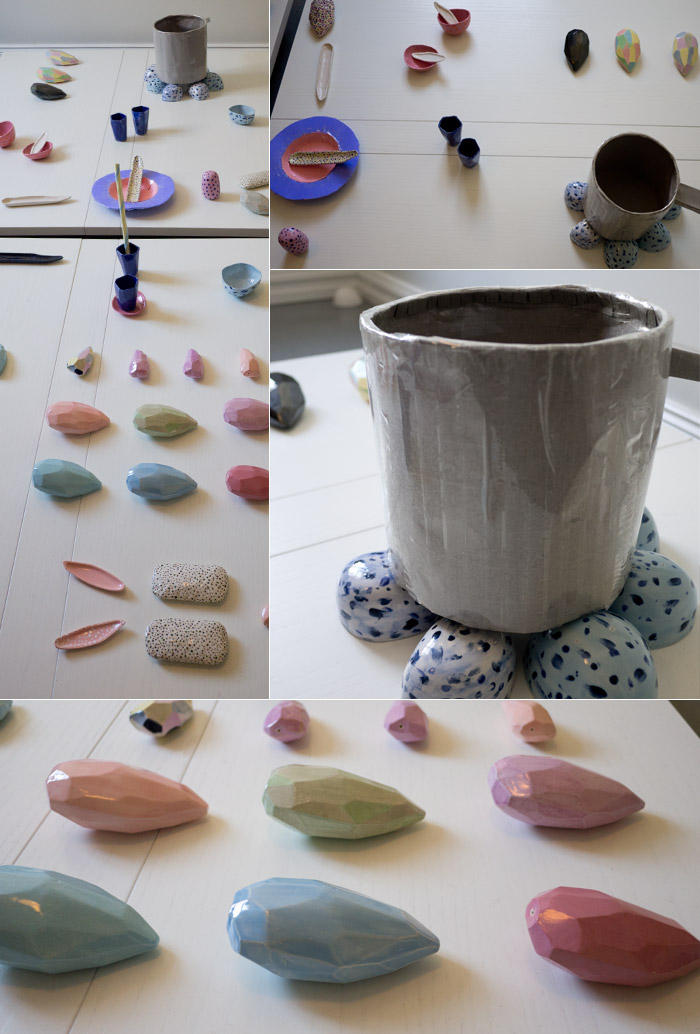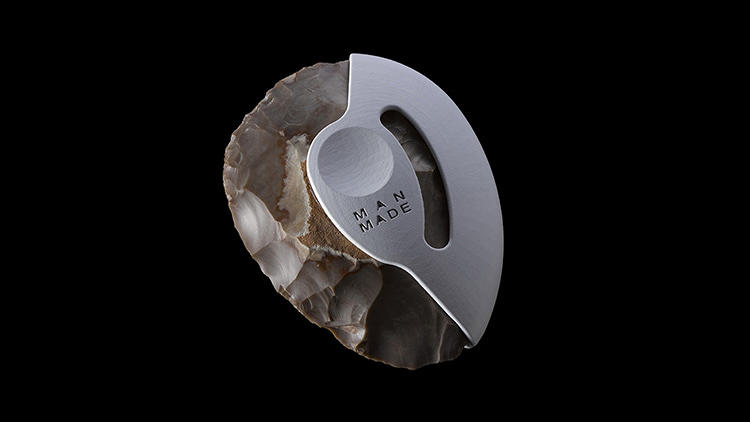It is week #178 and it is summertime. This week share’s its name with 178 Belisana, a large main belt asteroid. Discovered in late 01877, this asteroid is named after the Celtic goddess, Belisama, rather than the more usual Greek or Roman. This week also share’s its name with 178P/Hug-Bell a periodic comet that orbits every seven years. What makes this comet special is that it is thought to be the first discovered by amateurs.
Our week 178 didn’t see anything as interesting as a comet. With summer here, things are certainly slow, so we’ve been catching-up on a few proposals, research documents, emails and a backlog of links to read and watch. Several people take these “Think Weeks” to get through their backlog of reading. Doing so all at once helps to make the connections between some of the topics you might have just read. While this week hasn’t been that intense, it has sparked a few ideas.
We’ve been working on improving our quarterly newsletter, which will go out shortly after the World Cup is over. You can sign-up anytime. It is a low volume, interesting newsletter we publish four times a year.
Some of our time this week has been spent creating some static file services for the mosfell project. We also picked-up a few hundred more customs and toll stickers which we filled out and stuck on all the envelops for the Analog.is Kickstarter rewards.
There is also another project or two in the brainstorming phase. As always, we’re on the look out for things that are quintessentially Icelandic. On our last trip through the Netherlands, the KLM flight had plastic cups with a wooden shoe, a windmill, a bike and other iconic Dutch objects. Thinking about what the Icelandic equivalents would be isn’t as easy. Nature, northern lights and waterfalls all come to mind, but are hard to iconographize onto a plastic cup easily. So we’re always on the look out. One such very Nordic tradition is that of the woolen sweaters and cross-stitch. We have a book full of these primitive pixel art designs and have been using and adapting them accordingly.
Experimenting with these designs, we can find use for some of them in subtle tiled backgrounds, wrapping paper or other uses entirely. We’re planning on having some of the better designs sent-off next week for some laser-cutting treatment. This is our first test to find the right materials and how the designs hold-up at various thicknesses and colors.
Now we are on the search for some very specific light bulbs, the kind that only have 1 filament. We are running into problems with other bulbs with multiple filaments or LEDs producing multiple sources of light creating multiple shadows.
Bric-à-brac
It seems that everything old is new again. We’ve been seeing a few designs recently focusing on stone age tools. Last March in an exhibition in Reykjavik, someone (who’s name we really should have written down) recreated several stone age tools in colorful ceramic.
The more recently, Dov Ganchrow 3D printing handles and grips for stone aged tools. It is an interesting look at the low-tech tools and the high-tech 3D printing and scanning technology that we use today.


